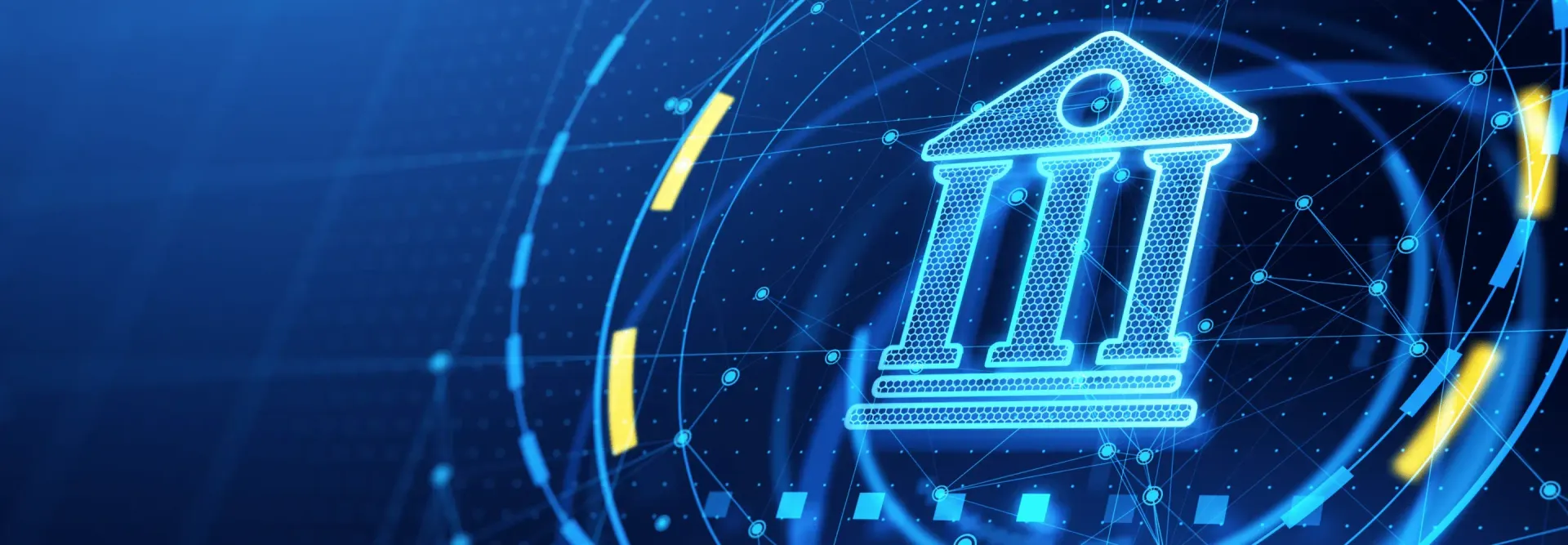AI impact on enterprise culture
Today we find ourselves in a place that’s all too familiar: the unfamiliar.

The platform shift to AI is well underway. And while it holds the promise of transforming work and giving organizations a competitive advantage, realizing those benefits isn’t possible without a culture that embraces curiosity, failure, and learning. Leaders are uniquely positioned to foster this culture within their organizations today in order to set their teams up for success in the future. When paired with the capabilities of AI, this kind of culture will unlock a better future of work for everyone.
As business leaders, today we find ourselves in a place that’s all too familiar: the unfamiliar. Just as we steered our teams through the shift to remote and flexible work, we’re now on the verge of another seismic shift: AI. And like the shift to flexible work, priming an organization to embrace AI will hinge first and foremost on culture.
The pace and volume of work have increased exponentially, and we’re all struggling under the weight of it. Leaders and employees are eager for AI to lift the burden. That’s the key takeaway from our 2023 Work Trend Index, which surveyed 31,000 people across 31 countries and analyzed trillions of aggregated productivity signals in Microsoft 365, along with labour market trends on LinkedIn.
Nearly two-thirds of employees surveyed told us they don’t have enough time or energy to do their job. The cause of this drain is something we identified in the report as digital debt: the influx of data, emails, and chats has outpaced our ability to keep up. Employees today spend nearly 60% of their time communicating, leaving only 40% of their time for creating and innovating. In a world where creativity is the new productivity, digital debt isn’t just an inconvenience — it’s a liability.
AI promises to address that liability by allowing employees to focus on the most meaningful work. Increasing productivity, streamlining repetitive tasks, and increasing employee well-being are the top three things leaders want from AI, according to our research. Notably, amid fears that AI will replace jobs, reducing headcount was last on the list.
Becoming an AI-powered organization will require us to work in entirely new ways. As leaders, there are three steps we can take today to get our cultures ready for an AI-powered future:
1) Choose curiosity over fear
AI marks a new interaction model between humans and computers. Until now, the way we’ve interacted with computers has been similar to how we interact with a calculator: We ask a question or give directions, and the computer provides an answer. But with AI, the computer will be more like a copilot. We’ll need to develop a new kind of chemistry together, learning when and how to ask questions and about the importance of fact-checking responses.
Fear is a natural reaction to change, so it’s understandable for employees to feel some uncertainty about what AI will mean for their work. Our research found that while 49% of employees are concerned AI will replace their jobs, the promise of AI outweighs the threat: 70% of employees are more than willing to delegate to AI to lighten their workloads.
We’re rarely served by operating from a place of fear. By fostering a culture of curiosity, we can empower our people to understand how AI works, including its capabilities and its shortcomings. This understanding starts with firsthand experience. Encourage employees to put curiosity into action by experimenting (safely and securely) with new AI tools, such as AI-powered search, intelligent writing assistance, or smart calendaring, to name just a few. Since every role and function will have different ways to use and benefit from AI, challenge them to rethink how AI could improve or transform processes as they get familiar with the tools. From there, employees can begin to unlock new ways of working.
2) Embrace failure
AI will change nearly every job, and nearly every work pattern can benefit from some degree of AI augmentation or automation. As leaders, now is the time to encourage our teams to bring creativity to reimagining work, adopting a test-and-learn strategy to find ways AI can best help meet the needs of the business.
AI won’t get it right every time, but even when it’s wrong, it’s usefully wrong. It moves you at least one step forward from a blank slate, so you can jump right into the critical thinking work of reviewing, editing, or augmenting. It will take time to learn these new patterns of work and identify which processes need to change and how. But if we create a culture where experimentation and learning are viewed as a prerequisite to progress, we’ll get there much faster.
As leaders, we have a responsibility to create the right environment for failure so that our people are empowered to experiment to uncover how AI can fit into their workflows. In my experience, that includes celebrating wins as well as sharing lessons learned in order to help keep each other from wasting time learning the same lesson twice. Both formally and informally, carve out space for people to share knowledge — for example, by crowdsourcing a prompt guidebook within your department or making AI tips a standing agenda item in your monthly all-staff meetings. Operating with agility will be a foundational tenet of AI-powered organizations.
3) Become a learn-it-all
I often hear concerns that AI will be a crutch, offering shortcuts and workarounds that ultimately diminish innovation and engagement. In my mind, the potential for AI is so much bigger than that, and it will become a competitive advantage for those who use it thoughtfully. Those will become your most engaged and innovative employees.
The value you get from AI is only as good as what you put in. Simple questions will result in simple answers. But sophisticated, thought-provoking questions will result in more complex analysis and bigger ideas. The value will shift from employees who have all the right answers to employees who know how to ask the right questions. Organizations of the future will place a premium on analytical thinkers and problem-solvers who can effectively reason over AI-generated content.
We believe a learn-it-all mentality will get us much farther than a know-it-all one. And while the learning curve of using AI can be daunting, it’s a muscle that has to be built over time — and that we should start strengthening today. When I talk to leaders about how to achieve this across their companies and teams, I tell them three things:
- Establish guardrails to help people experiment safely and responsibly. Which tools do you encourage employees to use, and what data is — and isn’t — appropriate to input. What guidelines do they need to follow around fact-checking, reviewing, and editing?
- Learning to work with AI will need to be a continuous process, not a one-time training. Infuse learning opportunities into your rhythm of business and keep employees up to date with the latest resources. For example, one team might block off Friday afternoons for learning, while another has monthly “office hours” for AI Q&A and troubleshooting. And think beyond traditional courses or resources. How can peer-to-peer knowledge sharing, such as lunch and learns or a digital hotline, play a role so people can learn from each other?
- Embrace the need for change management. Being intentional and programmatic will be crucial for successfully adopting AI. Identify goals and metrics for success, and select AI champions or pilot program leads to help bring the vision to life. Different functions and disciplines will have different needs and challenges when it comes to AI, but one shared need will be for structure and support as we all transition to a new way of working.
The platform shift to AI is well underway. And while it holds the promise of transforming work and giving organizations a competitive advantage, realizing those benefits isn’t possible without a culture that embraces curiosity, failure, and learning. As leaders, we’re uniquely positioned to foster this culture within our organizations today in order to set our teams up for success in the future. When paired with the capabilities of AI, this kind of culture will unlock a better future of work for everyone.
***
Alessio De Filippis, Founder and Chief Executive Officer @ Libentium.
Founder and Partner of Libentium, developing projects mainly focused on Marketing and Sales innovations for different types of organizations (Multinationals, SMEs, startups).
Cross-industry experience: Media, TLC, Oil & Gas, Leisure & Travel, Biotech, ICT.











